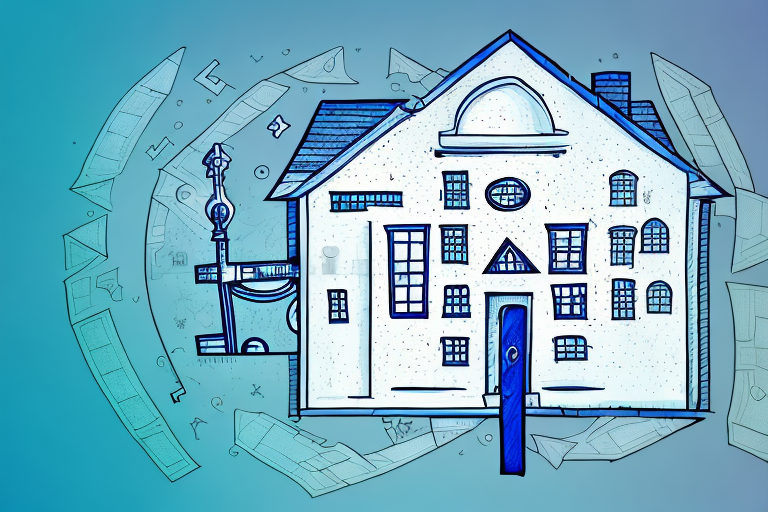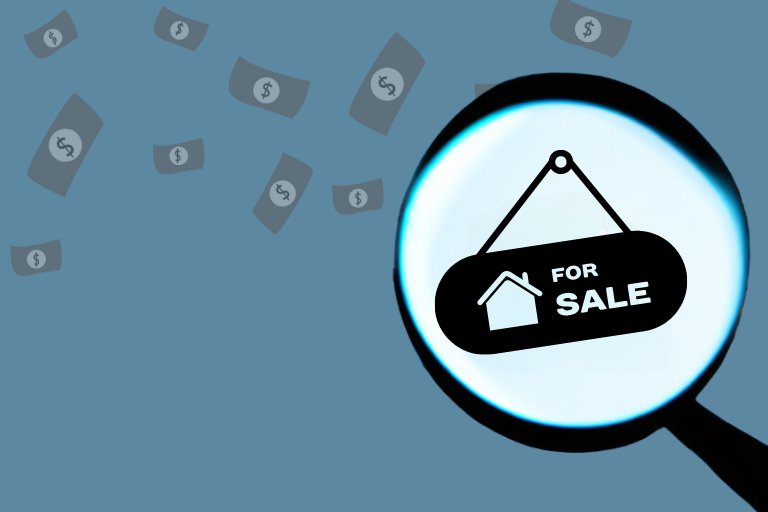Over the past few years, we’ve heard plenty of reasons why house prices are going to plummet. First it was because of negative gearing, then the Royal Commission, then COVID and now it’s going to be interest rates.
Last week we heard from the RBA who decided to keep interest rates on hold for the time being, however, there are poised to rise at some stage if the other central banks are anything to go by.
In the media over the past week, we’ve already been hearing more and more about what interest rate rises are likely to do to the property market and the bearish sentiment keeps on growing.
Just this week, the headline read ‘House prices to fall 11pc in Sydney, Melbourne in 2023: NAB.’ Which is in keeping with what we’ve been hearing a fair bit recently.
However, when we start looking at all the news articles and opinions, we have to remember to take all of this with a grain of salt. Let’s look back at the start of COVID in 2020 and remember what the same media outlets and banks were thinking.
In mid-2020, there were plenty of calls for house prices to drop 40 per cent, which had your average investors getting very nervous about what the future might hold. If we look at what’s happened since those calls were made, I would suggest that house prices have almost increased by 40 per cent in some areas.
Not only were the experts wrong, they were so far off the mark that we should be very careful in taking on board anything that’s being written.
Taking this even further we can go back and look at what has actually transpired in the property market over the past 25 years, every time the RBA has decided to tighten their monetary policy.
As we can see below, over the last six times the RBA has increased the official cash rate, house prices have continued to increase.
June 1994 to December 1994: Cash rate increase: 2.75%. House price increase: 1.1%.
September 1999 to September 2000: Cash rate increase: 1.50%. House price increase: 7.5%.
March 2002 to December 2003: Cash rate increase: 1.00%. House price increase: 35.7%.
March 2006 to December 2006: Cash rate increase: 0.75%. House price increase: 8.4%.
June 2007 to March 2008: Cash rate increase: 1.00%. House price increase: 8.9%.
September 2009 to December 2010: Cash rate increase: 1.75%. House price increase: 10.5%
The other big issue when we read these negative headlines is to make the mistake of assuming all property markets around the country are in fact one big property market.
Nothing could be further from the truth and the reality is that there are realistically 10,000 smaller property markets all being driven by different factors and their respective supply and demand considerations.
It doesn’t matter what interest rates are doing if you’re trying to compare a market like the Eastern Suburbs of Sydney, to regional WA. Those two markets couldn’t be more different.
When you’re investing in property, you should be thinking about macroeconomic conditions, but more importantly, you should be focused on what has happened to your specific market or suburb over the last 20 years.
If you’re buying in an established blue-chip location, like the Eastern Suburbs or Northern Beaches, then you have a pretty good idea of what might happen in the future.
As a Sydney buyers agency, we saw property markets slow down after the most recent property boom in Sydney, but for the most part, good properties continued to see consistent demand and prices never really dropped away. That’s the very reason we want to be buying into those areas to begin with.
We’re not looking for boom and bust locations, we want to build wealth consistently over a long period of time and that’s why blue-chip property is a great way to do that.
The other important factor when looking at buying into blue chip areas is because of the people who are living in those areas. Typically if you’re buying into a premium suburb as an owner-occupier, it’s because you have the income, either through a high paying job or business, to support any repayments you might have. In some cases, wealthy individuals are even paying cash to buy property in blue-chip locations.
If interest rates do rise, it’s normally those who are the most leveraged and with the tightest serviceability that will feel the pressure the most.
If you’re looking to buy into a market that has already seen substantial growth based on a lot of investment dollars getting ploughed into it, then there might be a case for property values declining in those areas.
However, if you stick with buying high-quality assets that are always in demand, then you can look at the media headlines and dismiss them just as quickly. Property cycles will happen, but high-quality assets will always be in demand.







